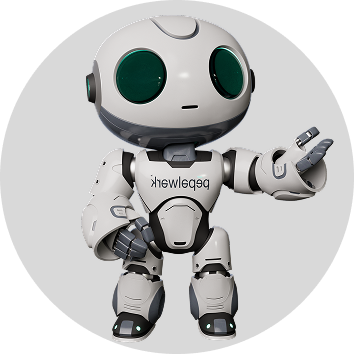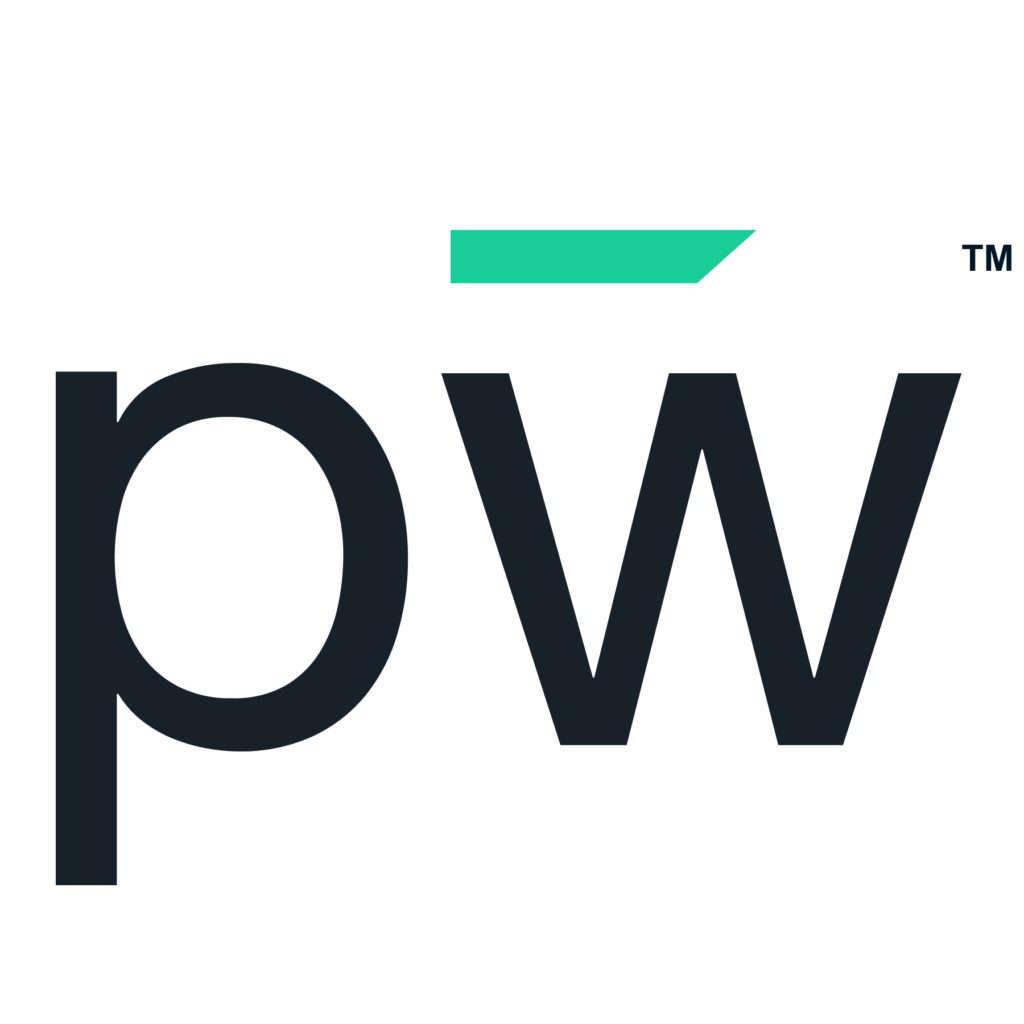You’re in the “readiness” business. The objective of any career services professional is to prepare students for what comes next, which could be continuing their education or starting a career. Career and college readiness have changed a lot in the past few years, and what it means for each person is unique. Navigating either path can be overwhelming for students, and you’ll need to be able to support both to ensure the best outcomes.
What Is Readiness?
For high school students, readiness means preparing them for their future by helping them identify and develop skills to take one of two paths: going to college or starting a career.
“College-ready” is a term with origins in the educational system, and the ACT has specific standards to define someone as such. They are proficiency in math, English, science, reading and writing. Reaching educational milestones is part of college readiness. However, it’s not all about traditional learning. If a student is college-ready, they have abilities and attributes — such as thinking critically, managing their time and being excellent communicators — that will help them thrive in a new environment.
Career readiness also focuses on knowledge gained from academic pursuits and development of soft skills. Career-ready people can also solve problems, analyze information and use research to make decisions. Specialized skills are also necessary depending on the job, which people gain from experience and training.
For more readiness insights, watch the video below about what students should do before graduating high school.
How To Enable Students To Make Readiness Decisions
There’s no one route a student can take to define their journey. They need support and information to make their own decisions, which means they need to be aware of their choices.
One key way to provide this awareness is to start readiness activities early and help them develop the soft skills that will be valuable and transferable to any path. Currently, there is a gap in this readiness journey that career services programs and educators need to fill.
Most schools disproportionately prepare students for college instead of a career. This is troubling because not all students want to commit the time and money that a degree requires. They also know it may not equate to landing an ideal job. Many may feel forced into college, and nearly 40% of undergraduates hadn’t completed their degrees within six years. Additionally, one U.S. Department of Education report found that those with occupational credentials were more likely to be employed in their field than those with academic ones.
Given this state of readiness, schools should provide options, but only 44% of districts have a nonzero gap between their support for college versus other options, according to a readiness benchmark report. The report also found that only 14% of teachers have access to professional learning about readiness. It’s time for an intervention, and career services can play an important role.
Four Keys to Readiness
To improve your career and college readiness programs, begin by reviewing four essential components:
- Thinking and cognition: Students need to go beyond memorizing facts and following specific directions. Rather, they need to hone their critical thinking abilities, which involve identifying problems they need to solve, researching them, interpreting what they learn and then applying it.
- Knowledge in foundational subjects: Being ready for work or college requires more than just knowing the basics. Students need to elevate their subject matter knowledge to organize information, understand it and act on it.
- Taking ownership of learning: For students to succeed in college or a career, they must hold themselves accountable for their education. They hold the keys to their future, so they need to foster their curiosity and creativity and manage their time.
- Transitioning knowledge and skills to their new environment: The final component is how students make the transition. They’ll navigate big changes and seek career guidance services as they discover who they are and what they want in life. Students who thrive have self-awareness.
With these components as a foundation, you can reevaluate how you support career and college readiness in your students.
The Most Influential Ways To Support Career and College Readiness
To support college and career readiness for high school students, use these strategies.
Coaching and Mentoring
Readiness coaching and mentoring allow you to help students as they find their footing. It gives them a space to explore future careers to gauge if they are a good fit. This can incorporate several things, such as improving interview skills and using assessments to outline their abilities, aptitudes and attitudes. With your support, students can confidently make their own decisions about what comes next.
Funding Opportunities
There are ways to expand career services solutions for readiness with House Bill 3 funding. You can use this money to enhance career programs, facilitate college readiness initiatives, enable students to earn college credits while still in high school, create or improve workforce development programs and more. There’s never enough money or resources to go around, so these funds can have a huge impact.
Skill Development Options
Readiness ties directly to abilities, including soft and hard skills. Students need both to be successful on any path. A standard career readiness curriculum may not be enough to ensure students have the in-demand skills employers want. Leveraging new ways to develop these skills is essential for their future. One way to do this is with pepelwerk career services software that offers work and adult life readiness content and career exploration through virtual reality and online programs.
Modernizing Career Services with Job-Matching Technology
The same technology platform for skill development can also improve the entire career services landscape with artificial intelligence (AI) job-matching technology. It’s a new, data-driven way to match people with jobs, internships or apprenticeships. It leverages AI and machine learning algorithms to create a more equitable and effective match.
It also lets you track and measure everything in your program with dashboards and other features.
Create New Paths for Student Success with pepelwerk
With the right foundation, strategy, coaching, skill development and technology, you have powerful tools to reimagine career and college readiness. You can support students on either journey so they are truly ready to thrive and succeed.
Learn more about this new community we’re building with career services, educators, employers and job seekers by attending one of our career events.










